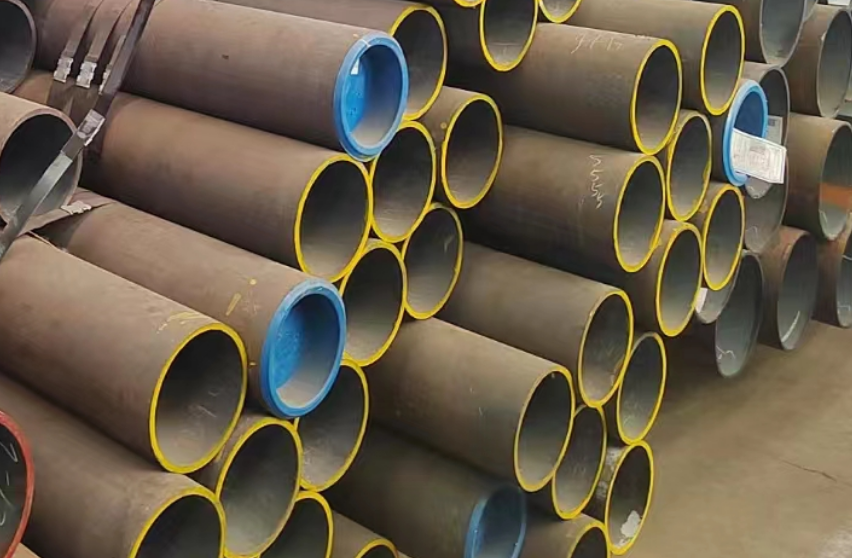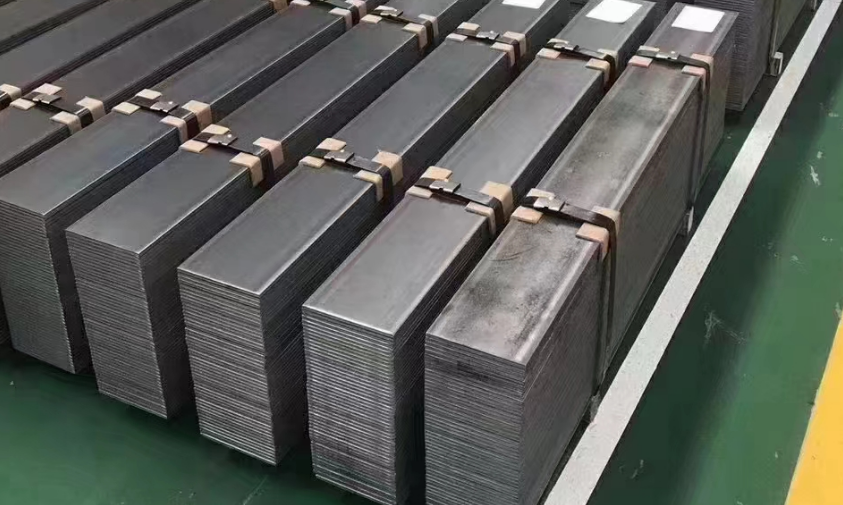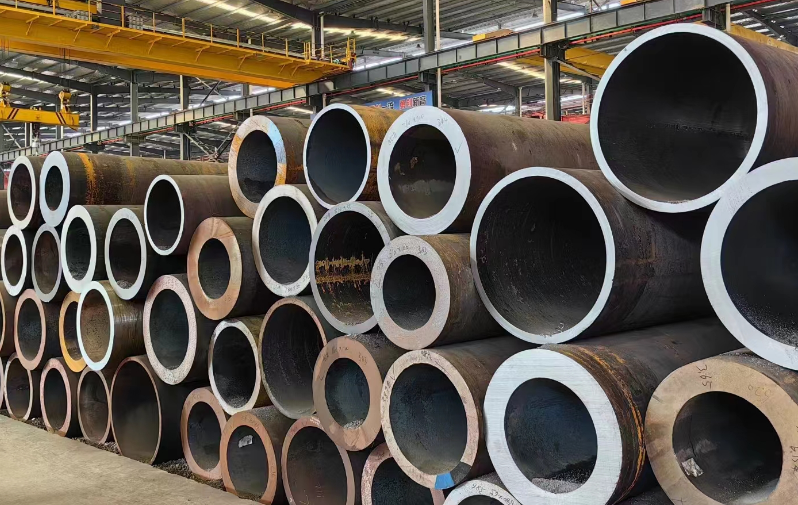ASTM A36 is a widely used low-carbon steel in the fields of construction and engineering. Its chemical and physical properties, along with its relatively low cost, have made it a preferred material in many industries. In this article, we will delve into the chemical composition, mechanical properties, and applicability of ASTM A36 in various applications.

ASTM A36 – Composition, Properties, and Uses
1. Chemical Composition:
The main chemical components of ASTM A36 include iron (Fe), carbon (C), manganese (Mn), silicon (Si), phosphorus (P), sulfur (S), and other small amounts of elements that may be present. Among them, the carbon content is usually between 0.25-0.29%, the manganese content is about 0.8-1.2%, and the silicon content is between 0.15-0.4%. Phosphorus and sulfur are present in lower amounts, usually no more than 0.04% and 0.05% respectively. The combination of these elements gives A36 good strength and weldability.
2. Mechanical Properties:
The mechanical properties of ASTM A36 mainly include its tensile strength, yield strength, elongation, and impact toughness. According to ASTM standards, A36 steel typically has a tensile strength between 58-62 ksi (thousand pounds per square inch) and a minimum yield strength of 36 ksi. In addition, A36 steel has good elongation, usually above 20%, which means it can deform significantly without breaking when stretched. Impact toughness indicates the material’s ability to resist sudden impact, and A36 also performs relatively well in this regard.
3. Machinability and Weldability:
ASTM A36 steel exhibits excellent machinability, allowing for processes such as cutting, drilling, bending, and folding. Additionally, due to its low carbon content and moderate alloy composition, A36 steel demonstrates good weldability. It can be welded using various methods, including arc welding, gas-shielded welding, and resistance welding.
4. Uses:
ASTM A36 steel, owing to its superior mechanical properties, machinability, and relatively low cost, finds widespread use in numerous industries. In the construction sector, it is commonly used for manufacturing beams, columns, supports, and other structural components. In bridge and highway construction, A36 steel serves as the primary material for fabricating piers, decks, and other vital parts. Furthermore, it is utilized in the production of ships, storage tanks, pipelines, machine parts, and various other types of equipment and structures.
5. Corrosion Resistance
Although the corrosion resistance of ASTM A36 steel is not as good as that of stainless steel or other alloy steels, it can achieve sufficient corrosion protection through proper surface treatments such as galvanizing or painting in general environments. In wet or chemically exposed environments, components made from A36 steel may require more frequent maintenance and replacement.
Conclusion
In summary, ASTM A36 steel is a versatile low-carbon steel with excellent mechanical properties, processability, and weldability. Although its corrosion resistance is limited, in many applications it can provide long-term reliable service with proper handling and maintenance. Due to its relatively low cost and wide availability, ASTM A36 steel will continue to be an important material in construction, engineering, and manufacturing well into the future.
Thank you for reading our article and we hope you’ve enjoyed it. If you are looking for ASTM A36 suppliers online now, please don’t hesitate to contact Huaxia Steel. As a leading supplier of carbon steel products across the world, Huaxia Steel provides customers with high-quality carbon steel, tool steel, alloy steel, carbon steel tubes, and carbon steel pipes at a very competitive price.








